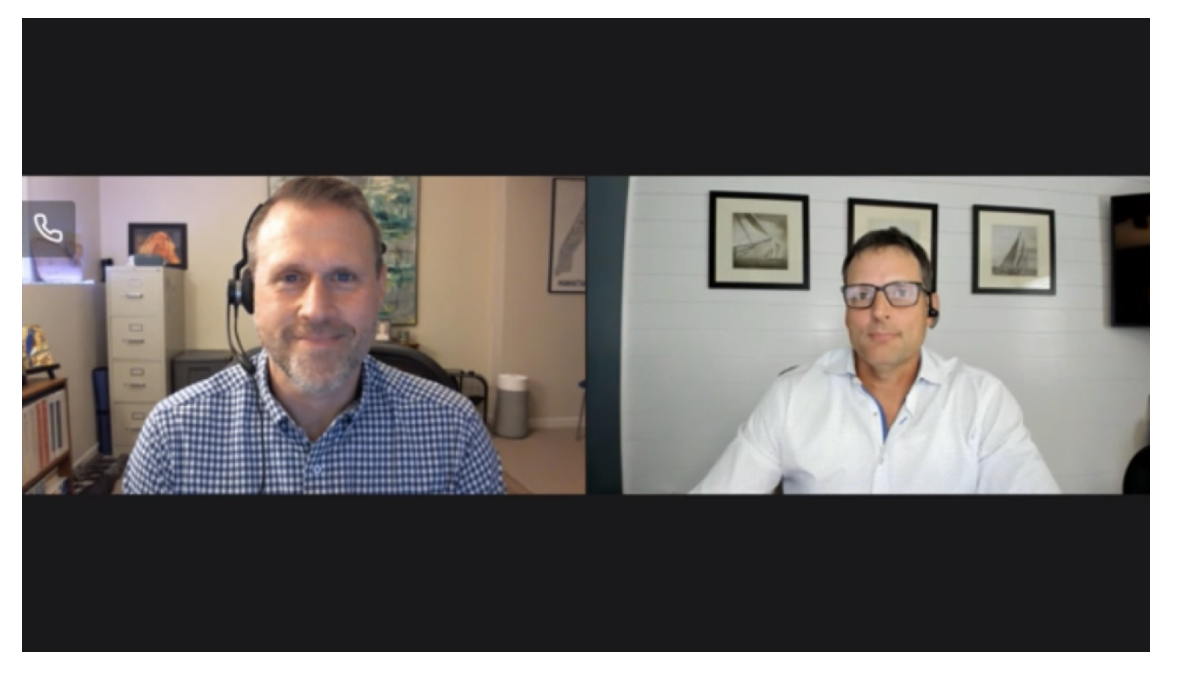Jump to:
| Prioritize staffing and bandwidth |
| Harness the power of technology |
| Shift your value proposition to advisory |
| Get ready to transform your practice this tax season |
As the end of the year approaches, many forward-looking accounting firms are guiding clients through the intricacies of year-end tax planning and setting aside time to prepare for the year ahead.
In the first of our three-part year-end planning series, we’ll delve into three key ways accounting firms can prepare for next year and ensure sustained future growth, even amidst a challenging business landscape.
Year-end strategy #1: Prioritize staffing and bandwidth
Of all the things accounting firms need to address in their year-end planning, there may be nothing more pressing than staffing issues and figuring out how to manage the team’s workload. Firms are juggling training, work-life balance, and just keeping things running smoothly. Compensation has been at the center of many firms’ strategies, with pay increases sometimes being used to keep key team members as well as a way to attract new talent.
With hybrid and remote work now the norm, firms need to get new staff up to speed quickly. One way they’re handling the workload is by outsourcing repetitive tasks. Plus, they’re focusing on building strong client relationships by improving communication and trust, especially as they move more into advisory services. It’s all about adapting and growing in this new environment.
1. Staffing issues and bandwidth restrictions
The biggest issue in the world of tax and accounting is staffing and bandwidth restrictions. It is critical to build the relationship between staff and the firm. It helps to instill the firm’s culture and coincides with the staff’s ability to work with clients effectively.
2. Compensation and work-life balance
Compensation has been an issue across the industry, with many professionals feeling that the tax and accounting industry was undercompensated in the past, though it has seen a rise in compensation in recent years. Firms must also remember the importance of work-life balance to their teams.
3. Knowledge transfer and outsourcing
Many firms are focused on knowledge transfer to new staff to ensure that they have everything they need to be effective in their work. Knowledge transfer is beginning to happen much more quickly within firms, especially with hybrid schedules and remote work becoming more common.
The type of knowledge that is being transferred is changing slightly, as some firms have begun outsourcing some of the more standard repetitive tasks involved in their work. In some cases, they are offloading some less technical tasks that don’t require accounting experience. In this way, they are able to allow staff to focus on higher-value work for the firm.
4. Client relationships and consultative skills
Consultative skills in managing client relationships are becoming increasingly important in the daily work of tax and accounting professionals. This is especially true in an environment where many clients are looking more for business advice rather than simply discussing the numbers.
With the rise of advisory services at many firms, the transition from tax preparation to advisory services requires firms to foster trust and strong client relationships.
 |
Report QuizThomson Reuters Advisory Report Quiz Learn more about where your firm stands in its Advisory journey. |
Year-end strategy #2: Harness the power of technology
As accounting firms dive into year-end tax planning, technology is taking center stage as a game-changer for many of them. From integrating AI to maximizing data usage, firms are discovering innovative ways to enhance client communications and optimize their processes. AI is making significant strides, assisting with everything from simple client emails to more in-depth conversations. However, it’s crucial to maintain that human touch alongside these technological advancements.
Younger staff members, who sometimes embrace new technology more quickly, are seizing these opportunities to shine. They’re taking advantage of these new tools to advance their careers and contribute to the firm’s success. Additionally, effectively managing and leveraging the firm’s data is essential for boosting efficiency. The goal is to strike the right balance between cutting-edge technology and preserving the personal connections that set firms apart. There are many different aspects to how firms harness the power of technology. Let’s take a closer look:
1. Artificial Intelligence (AI) integration
AI offers the capability to manage extensive amounts of data, enhance response speeds, and minimize human mistakes. One key advantage is that AI-driven tax software can process large volumes of financial data much faster than a human accountant, effortlessly spotting patterns, anomalies, and trends.
AI-driven tax research enables staff to obtain precise search results more quickly. By delivering professionally summarized answers with citation links to relevant editorial content and source materials, even junior staff can confidently and swiftly address complex client inquiries.
2. Balancing technology and human interaction
The use of AI in tax planning is, in some ways, comparable to the earlier days of e-filing returns and receiving planning diagnostics. It is important to maintain human communication and support within the firm, which can potentially be lost with AI-driven planning.
3. Opportunities for younger staff
The potential exists for younger and less experienced staff to take the initiative and leverage new technologies to advance more quickly within the firm. The next generation is more open to exploring new technologies and using them to benefit both themselves and the firm.
4. Data utilization
It is essential to utilize firm data properly, both from an internal and external perspective. Firms need to regulate how data is gathered and managed to ensure efficiency and effectiveness.
These points illustrate how technology can be a powerful tool that, when harnessed correctly, can enhance client communications, streamline processes, and create opportunities for staff development while maintaining the essential human elements of the firm.
Year-end strategy #3: Shift your value proposition to advisory
As accounting firms gear up for year-end planning, a significant shift is underway: Transitioning from traditional tax preparation to advisory services. This evolution is driven by changing client expectations and the need for stronger, more consultative relationships.
There is no denying the importance of honing consultative skills, such as good communication and de-escalation techniques, to manage client relationships effectively. Clients today are less concerned with the technicalities of tax preparation and more interested in their financial futures.
They seek trusted advisors who can predict trends, correct misinformation, and set clear expectations. To meet these demands, firms must adapt, focusing on developing new skill sets and leveraging technology. Younger staff, who can sometimes be tech-savvy, have a unique opportunity to shine in this new landscape.
Ultimately, the shift towards advisory services is about building stronger client relationships and staying ahead of the curve in a rapidly changing industry. There are many different ways that firms are shifting their value proposition to advisory services:
1. Consultative skills and client relationships
Consultative skills in managing client relationships are essential. While many client communications do not require advanced technical skills, a good “bedside manner” and de-escalation skills are becoming table stakes.
2. Changing client expectations
Clients are now more detached from the technical aspects of tax preparation and are more interested in what is possible for their financial futures. It is important for firms to be proactive regarding potential future issues for clients and to set clear expectations.
Clients are exposed to more information through social media and other sources, which can lead to misinformation. Firms need to step in as trusted advisors to correct any misinformation and provide accurate tax planning strategies.
3. Adapting to new skill sets
The job descriptions and skill sets required for staff in tax and accounting firms have fundamentally changed. Firms need to focus on building consultative skills across the firm and providing opportunities for staff to develop these skills.
In addition, the potential for younger and less experienced staff to take the initiative and leverage new technologies to advance more quickly within the firm should be encouraged by firm leaders.
The shift towards advisory services is a necessary evolution for firms to meet changing client expectations and build stronger client relationships.
Get ready to transform your practice this tax season
For more information on how to make the most of year-end tax planning, check out our 2024 year-end tax strategy planning webcast. If you’re interested in expanding into advisory services, learn more about Practice Forward to strengthen your client relationships today.
 |
2024 year-end tax strategy planningJoin Shaun Hunley from Thomson Reuters and Business by Design’s Paul Miller to learn about the right tax strategies to help ensure your firm’s longevity and success in the years ahead. |











